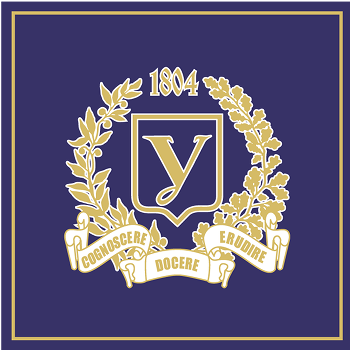Ачасова А. А.
- 2020-34
On the Issue of Research of Information Support of Sustainable Agricultural Landscapes Formation
AGRICULTURAL LANDSCAPES FORMATION
Purpose. To characterize the methodological approaches that we develop in the formation of a system of information support for the creation and maintenance of the functioning of modern sustainable agricultural landscapes and to show the results of their implementation on the example of the territory of some agricultural enterprises of the Kharkiv region.
Methods. Cartographic, geoinformation analysis, calculation, statistical and mathematical.
Results. Some results of the work of the collective on the issues of information support for the creation and maintenance of the functioning of modern sustainable agricultural landscapes. Namely, verification of erosion models, studies of the functionality of shelter belts, the formation of an agroeconet (an extensive network of natural and quasi-natural landscapes) on agricultural land massifs, which ensures the maintenance of stable functioning of meso and macrolevel agrolandscapes, as well as the experience of using magnetic prospecting methods to verify the results of mathematical modeling of erosion processes.
Conclusions. A number of methodological approaches to information support of the formation of sustainable agricultural landscapes in the natural and socio-economic conditions of Ukraine have been developed. They relate to the functioning of anti-erosion measures of permanent action, the processes of modern transformation of agro-landscapes, the ecological impact of erosion processes on the environment. The connection between the length of forest belts per unit of arable land and soil erosion is shown. A methodical approach has been developed to estimate the amount of soil washed away from arable land and to calculate the measures necessary to eliminate its harmful effects on the environment.
- 2020-33
Features of Visual Decoding of Water Erosion by Remote Sensing Data
Purpose: analysis of the features of visual decoding of eroded soils and erosion processes according to remote sensing data.
Methods. Remote sensing, field, comparative geographical, historical, cartographic, GIS analysis.
Results. The main attention in the article is paid to the features of visual decoding of linear forms of ero-sion. Comparative analysis of aerial photographs of 1943 and modern satellite imagery for the Kharkov region shown that in the second half of the 20th century the growth of gullies was almost stopped due to large-scale anti-erosion measures carried out at that time. Currently the main erosion losses occur in sheet erosion and small gully erosion. The article provides a list of decoding features that determine linear forms of erosion in the imag-es. It is shown problems that can arise during automatic decoding. As an example of artifact formations requiring the participation of a human analyst in the decryption process, the so-called "Turkish Wall" is shown, the traces of which can be erroneously diagnosed as a manifestation of linear erosion
Conclusions. Automatic decoding of water erosion processes and an inventory of erosion landforms re-quires the obligatory monitoring of a qualified analyst to eliminate object identification errors.
- 2018-1-2-:29
Anti-Erosion Optimization of Agricultural Equipment: Local Level
Soil erosion is a major factor in their economic and environmental degradation. Protection of land from ero-sion is characterized by insufficient methodological support at the local territorial level. Purpose. To reveal the advantages and disadvantages of the current state of anti-erosion design on the example of a particular agricul-tural enterprise. Methods. Cartographic, with application of geoinformation technologies, computational, statis-tical and mathematical. Results. On the example of one of the private farms of the Kharkiv region, the draw backs of the existing structure of the crops area of agricultural crops in the anti-erosion aspect are shown. It was optimized taking in to account the specialization of the economy. The soil was washed out in different scenarios of land use. The introduction of erosion-optimized crop rotation allows to reduce the forecast of soil fault in field crop rotation by 1.3 times. Conclusions. The structure of the crop area of agricultural crops, even meeting the formal requirements of normative acts, does not provide adequate protection against water erosion. It requires additional expertise using mathematical models of erosion. Minor deviations from the recommended standards of permissible flushing can be adjusted by means of agrotechnical measurеs, significant – additional organizational and agronomic measures.

